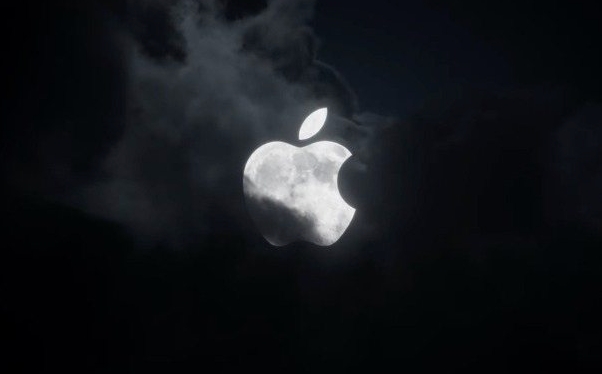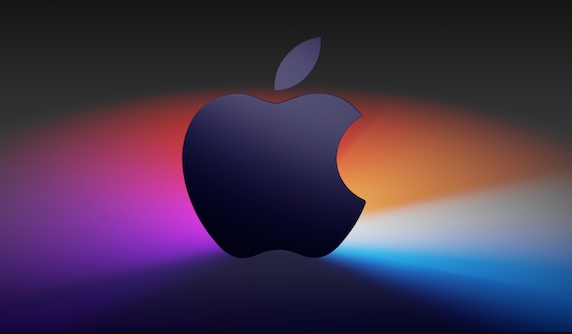What is 'Other' storage on a Mac and how to clear it?
Aug 02, 2025 am 12:56 AM"Other" storage on a Mac includes uncategorized files like disk images, caches, logs, and plugins that accumulate over time and can grow large. 1. Check Downloads and Desktop folders for forgotten large files like .dmg or .zip archives and delete them. 2. Clean user and system caches via Finder’s Go to Folder (Command Shift G) using ~/Library/Caches and /Library/Caches, removing only contents inside. 3. Remove old disk images and installers from Downloads, Desktop, or Applications, including duplicate apps. 4. Use macOS Storage Management (Apple Menu > About This Mac > Storage > Manage) to offload files to iCloud, optimize storage, enable automatic trash emptying, and review large or old files. 5. Search for large "Other" files in Finder by setting Kind to "Other" or sorting by Size/Date Modified, or use tools like OmniDiskSweeper (free) or DaisyDisk/CleanMyMac (paid) for visual analysis. 6. Clear browser caches in Safari, Chrome, or Firefox and check apps like Adobe or Slack for large local cache data. While "Other" storage will never be zero due to essential system files, careful cleanup can reclaim significant space without risk, provided you back up data and avoid deleting system-critical folders.

"Other" storage on a Mac refers to files that don’t fall neatly into standard categories like Apps, Photos, Audio, or System. It’s a catch-all category in your Mac’s storage breakdown (found in Apple Menu > About This Mac > Storage) and often includes a mix of file types such as disk images, archives, logs, caches, plugins, system support files, and miscellaneous documents.

While not inherently problematic, "Other" can grow large over time—sometimes taking up tens of gigabytes—making it frustrating when you're trying to free up space.
Why "Other" storage gets so big
The "Other" category includes:

- Disk images and archives (.dmg, .iso, .zip, .tar files)
- Cache files (from browsers, apps, or system processes)
- Logs and temporary files
- Plugin and extension files
- Hidden system files and metadata
- Files in unusual formats not recognized as media or documents
- Leftover files from uninstalled apps
Because macOS doesn’t clearly label these, they quietly accumulate in the background.
How to reduce "Other" storage
1. Check your Downloads and Desktop folders
Many downloaded files (especially .dmg installers or zip archives) end up here and are forgotten.

- Open Finder > Downloads and sort by size.
- Delete old installers, disk images, or large archives you no longer need.
- Do the same for your Desktop, as files here count toward storage.
2. Clean up system and user caches
Caches speed up apps but can grow large.
- Open Finder, press Command Shift G, and type:
~/Library/Caches
This is user cache—safe to delete contents of most folders here.
- For system caches (more advanced):
/Library/Caches
?? Don’t delete the folder itself—just the files inside. Some apps may run slightly slower on next launch as they rebuild caches.
3. Remove old disk images and installers
- Look for .dmg or .pkg files in your Downloads, Applications, or Desktop.
- Drag them to Trash and empty it.
- Also check /Applications for duplicate or old apps.
4. Use macOS Storage Management tool
- Go to Apple Menu > About This Mac > Storage > Manage.
- Use these options:
- Store in iCloud: Offload files to iCloud.
- Optimize Mac Storage: Removes watched movies, old email attachments.
- Empty Trash Automatically: Enables auto-cleanup.
- Review Files: Browse large and old files manually.
5. Check for large files with Finder or third-party tools
- In Finder, click on This Mac, then search.
- Click the search bar, then:
- Add "Kind" is "Other"
- Or sort by Size or Date Modified
- Look for unexpectedly large files with odd extensions.
Alternatively, use lightweight tools like:
- OmniDiskSweeper (free): Shows folder sizes.
- DaisyDisk or CleanMyMac (paid): Visual map of storage usage.
? Pro tip: Sort files by size in Finder and look for anything over 500MB you don’t recognize.
6. Clear browser caches and app junk
- Safari: Safari > Preferences > Privacy > Manage Website Data > Remove All
- Chrome/Firefox: Clear browsing data, especially cached images and files.
- Some apps (like Adobe or Slack) store large local caches—check their settings.
Final notes
- "Other" will never be zero—it includes essential system files.
- Be cautious when deleting files in Library or system folders.
- Always back up important data before bulk cleanup.
Basically, "Other" isn’t magic—it’s just stuff macOS doesn’t categorize. With a few targeted cleanups, you can often reclaim several gigabytes without risk.
The above is the detailed content of What is 'Other' storage on a Mac and how to clear it?. For more information, please follow other related articles on the PHP Chinese website!

Hot AI Tools

Undress AI Tool
Undress images for free

Undresser.AI Undress
AI-powered app for creating realistic nude photos

AI Clothes Remover
Online AI tool for removing clothes from photos.

Clothoff.io
AI clothes remover

Video Face Swap
Swap faces in any video effortlessly with our completely free AI face swap tool!

Hot Article

Hot Tools

Notepad++7.3.1
Easy-to-use and free code editor

SublimeText3 Chinese version
Chinese version, very easy to use

Zend Studio 13.0.1
Powerful PHP integrated development environment

Dreamweaver CS6
Visual web development tools

SublimeText3 Mac version
God-level code editing software (SublimeText3)

Hot Topics
 How to Remove Old Devices from Apple ID on Mac
Jul 07, 2025 am 09:08 AM
How to Remove Old Devices from Apple ID on Mac
Jul 07, 2025 am 09:08 AM
If you've owned multiple Apple devices over the years, you might find yourself in a situation where some of those older Macs, iPhones, iPads, or other Apple hardware have been sold, given away, or traded. No matter how they left your possession, it's
 How to Play Fortnite on Mac with FnMacAssistant & Sideloadly
Jul 05, 2025 am 09:21 AM
How to Play Fortnite on Mac with FnMacAssistant & Sideloadly
Jul 05, 2025 am 09:21 AM
Fortnite is once again available for iPhone and iPad users, bringing joy to many gamers. However, there's still no official version for Mac (at least not yet). Despite that, Apple Silicon Mac owners aren’t completely out of luck—you can run the iOS/i
 How to Enable iCloud Private Relay on Mac
Jul 05, 2025 am 09:36 AM
How to Enable iCloud Private Relay on Mac
Jul 05, 2025 am 09:36 AM
iCloud Private Relay is an excellent privacy feature included with the iCloud subscription, designed to safeguard your online activity and browsing by masking your IP address (using a temporary one) and encrypting DNS lookups. This prevents third pa
 How to Allow Apps During Downtime on Mac
Jul 04, 2025 am 09:03 AM
How to Allow Apps During Downtime on Mac
Jul 04, 2025 am 09:03 AM
Are you using Screen Time to manage your or your child’s Mac usage? If yes, you likely already know that it allows you to set app limits, schedule downtime on the Mac, and more. Additionally, you can also choose specific apps that remain accessible a
 How to Make MacOS Sequoia Feel Faster: Tips to Speed Up Slow MacOS
Jul 05, 2025 am 09:28 AM
How to Make MacOS Sequoia Feel Faster: Tips to Speed Up Slow MacOS
Jul 05, 2025 am 09:28 AM
macOS Sequoia is a solid operating system that brings some impressive features like iPhone Mirroring, and while performance is excellent for many users, not everyone experiences the same level of speed. If you're finding macOS Sequoia slower than pre
 How to See All Links Shared in Messages on iPhone & iPad
Jul 05, 2025 am 09:31 AM
How to See All Links Shared in Messages on iPhone & iPad
Jul 05, 2025 am 09:31 AM
If you frequently use iMessage, then you've likely shared numerous web links in your chats — maybe an article, a video, a tweet, a song, or anything else. Locating these links later can be quite frustrating, but thankfully there's a simpler method th
 Create a MacOS Tahoe 26 Beta VM with Three Commands in Terminal Using tart
Jul 06, 2025 am 09:28 AM
Create a MacOS Tahoe 26 Beta VM with Three Commands in Terminal Using tart
Jul 06, 2025 am 09:28 AM
Advanced Mac users familiar with the command line can swiftly set up a MacOS Tahoe 26 beta virtual machine by entering a few commands into Terminal, using tart. Tart is a command-line utility for managing virtual machines and offers one of the quicke
 WindowServer Quit Unexpectedly: How to Fix It on Mac Air/Pro?
Jul 05, 2025 am 09:17 AM
WindowServer Quit Unexpectedly: How to Fix It on Mac Air/Pro?
Jul 05, 2025 am 09:17 AM
What is WindowServer and why is it importantWindowServer is a core macOS process that manages how apps and windows appear on screen. It handles GUI rendering, controls internal and external displays, and enables all vis






